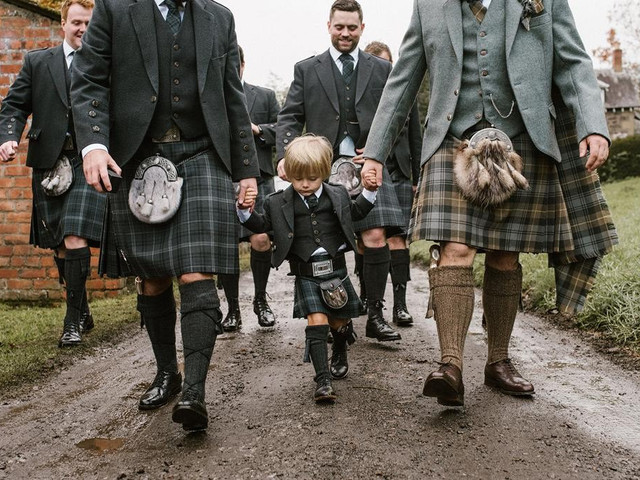Scottish Clans and Their Tartans

The clan system was possibly established after the Romans left Britain around 410 advertisements and was mainly based in the Highlands as well as Islands of the country we now know as Scotland.
Clan in Gaelic methods ‘family members’ so clans differentiated themselves along ‘family’ lines. All participants of a clan birthed – theoretically at the very least – the very same name, usually claiming descent from really ancient principals as well as kings. There were also branches of a clan known as ‘septs’ which allied themselves with a certain clan and also owed allegiance to the clan principal.
The clan principal, that had the land, was in charge of the safety and security and also basic welfare of his clansmen as well as women, as well as in return they were required to give him part of their plants. In addition, in addition to fighting to defend their very own clan, they were task bound to eliminate for the principal for whichever side or trigger he sustained.
A clan shielded not only its very own people as well as linked septs however may be called upon to help smaller-sized clans being maltreated by various other larger clans.
The clan system does not exist today however there are several clan cultures and also celebrations that are participated in by their descendants from all over the globe. It is reckoned that there are more than 25 million people worldwide who can assert Scottish ancestry.

Tartan
The words’ tartan’ is most likely originated from the French word ‘tiretaine’ used for a kind of formed, woven product. The very earliest Scottish tartans were made of undyed wool, using the all-natural white as well as brown colored wool of the sheep of the moment.
After the Jacobite disobedience was completely put down in 1746, the putting on of tartan was officially banned for some 40 years since it was seen as a sign of Scottish patriotism and also freedom. However, it was still allowed in Scottish regiments as they were pressures loyal to the federal government.
Although today, clans are related to their own certain tartans, there is no evidence of clan participants using a certain ‘clan tartan’ prior to its reductions. At the time, clansmen, as well as women, used tartan according to their own personal preferences.
Highland Gown
The magnificent Highland dress we see today is the result of a procedure of advancement which truly removed throughout the Victorian age when Queen Victoria and also Prince Albert fell in love with ‘Scottishness.’ In addition to the upper classes of the day, they adjusted the older, simple Highland outfit into a style more in maintaining with the times, their position in society, as well as their romantic photo of Scotland.
Before 1600, Highlanders put on a knee-length thick wool cassock-like garment over a big saffron-colored t-shirt. This was replaced by the ‘belted plaid’ and the ‘little kilt’ around the start of the 17th century.
The belted plaid being very long – 6 ells of double tartan cloth – was twisted around the body as well as held in area by a waist belt. The reduced component forms a loose-pleated ‘kilt’ and also the leading fifty percent congregated over one shoulder as well as hanging down the back. Often this was kept in place with a brooch on the shoulder. The leading component could also be pulled around the body as well as over the head to offer protection versus the aspects. (Note: An ell was simply over 1 lawn; 1 backyard = 0.9144 meters).
The ‘brief kilt’ was composed of 6 ells of the single tartan towel, with sewed pleats at the back and ordinary overlapping ends at the front. The whole being held in place by a natural leather belt at the midsection. This is the forerunner of the kilt that is put on today. Learn more info on clan fraser by going to this link.

